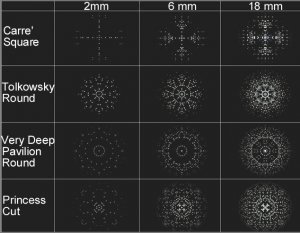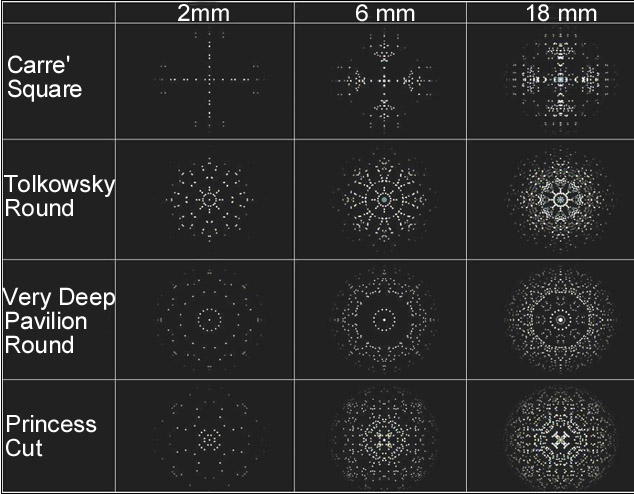klavigne
Shiny_Rock
- Joined
- Feb 21, 2006
- Messages
- 235
When people are talking about Scintillation what exactly are they talking about. Is it reflected light or refracted light? If it is reflected light then the polish of the facets would be very important to scintillation, correct? And if this is correct then to maximize fire and brilliance then you need to have a stone with ideal polish, correct? Or is the brilliance of a stone based more on the symetry and proportions of hte stone and not related to scintillation at all? Im confused again!













300x240.png)